Double Poppy Info: Learn About Growing Double Flowering Poppies
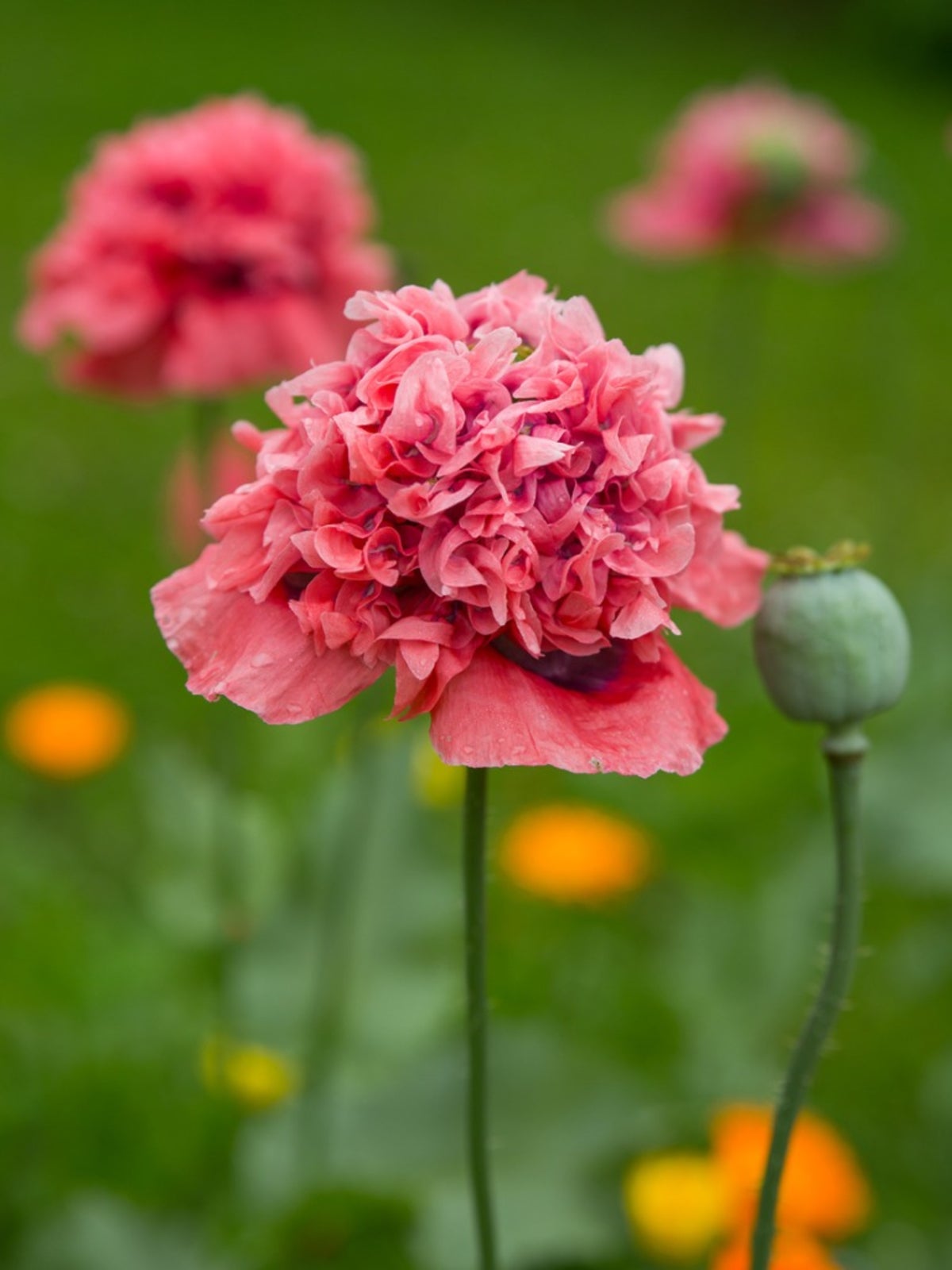
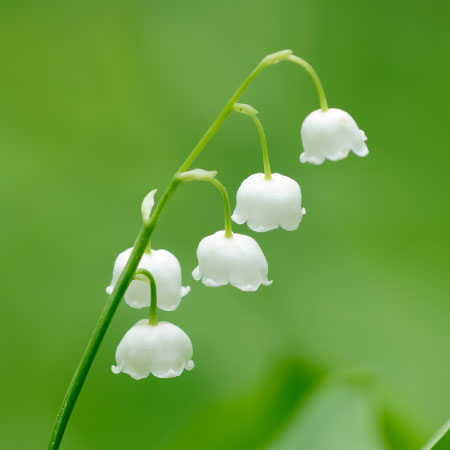
If you are a fan of peonies and can’t get enough or have difficulty growing them, then you may want to consider growing peony poppies (Papaver paeoniflorum), also known as double poppies. I know what you’re thinking…. poppies, aren’t they illegal? Don’t click off this article just yet; keep reading for additional double poppy info. Based on my understanding, while double poppy plants are a sub-type of the opium poppy (Papaver somniferum), they possess a much lower morphine content, making it perfectly legal to grow this particular variant in the garden-- provided your intention is to enjoy it strictly for its aesthetics. Read on to learn more about growing double-flowering poppies.
What is a Double Poppy?
As the name suggests, double poppy plants (USDA zone 3-8) are annual ornamental plants that resemble peonies with their large, tightly packed double flowers, 4 to 5 inches (10-13 cm.) in diameter, which form on long, 2 to 3 feet (61-91 cm.) tall sturdy stems laden with blue-green lettuce-like leaves. If you’re having trouble visualizing, the flowers sort of look like ruffly pompoms. This description isn’t far off base considering there actually is a variety of Papaver paeoniflorum known as “Lilac Pompom.” Here’s something to really cheer about: they come in a color palette similar to peonies as well, with offerings in shades of red, pink, purple, and white!
Double Poppy Care
I’m sure you’re curious about more specific double poppy info, such as double poppy care – what exactly does it entail? Well, growing double flowering poppies is quite easy it seems. In early spring (sometime from the end of April through May), loosen the soil in the planting area, then direct sow seeds into the soil, raking them in lightly. Be sure to keep the seeds moist until they germinate. Once seedlings emerge, thin them so they are 15 to 18 inches (38-46 cm.) apart. The location of your double poppy plants should be where the soil is well draining, with a soil pH of 6.5 to 7.0, and where the plants will receive full or partial sun. Prior to the onset of flowering, approximately six to eight weeks of growth, fertilize with a high phosphorus fertilizer. Each individual flower will last roughly three to eight days before the petals start dropping, at which point you will want to cut off the bloom. The regular practice of deadheading throughout the summer will encourage the formation of new buds and ensure longer-lasting blooms. To promote strong root growth, you will want to give the double poppy plants a deep soaking of water occasionally. Other than this occasional soaking, watering is really not a major consideration, as poppies do not need to be watered too often. Any seed pods that do form on the plant can be left to self-seed later or they can be cut off and harvested once they’ve dried on the plant for sowing in the garden next season.
Gardening tips, videos, info and more delivered right to your inbox!
Sign up for the Gardening Know How newsletter today and receive a free copy of our e-book "How to Grow Delicious Tomatoes".

Shelley Pierce was a writer for Gardening Know How, contributing to hundreds of articles for the site.
-
 Try The Trend – Turn Any Bed Into A Keyhole Garden With This Clever In-Ground Composter
Try The Trend – Turn Any Bed Into A Keyhole Garden With This Clever In-Ground ComposterKeyhole gardening is an efficient and sustainable practice that saves space. Get started on this DIY project quickly and easily with an in-ground composter.
By Bonnie L. Grant
-
 4 Superfast Composting Methods: Turn Waste Into Garden Gold In 30 Days Or Less
4 Superfast Composting Methods: Turn Waste Into Garden Gold In 30 Days Or LessTry the fastest composting methods to turbocharge your pile and transform kitchen scraps and garden waste into finished compost in just a few weeks.
By Mary Ellen Ellis
-
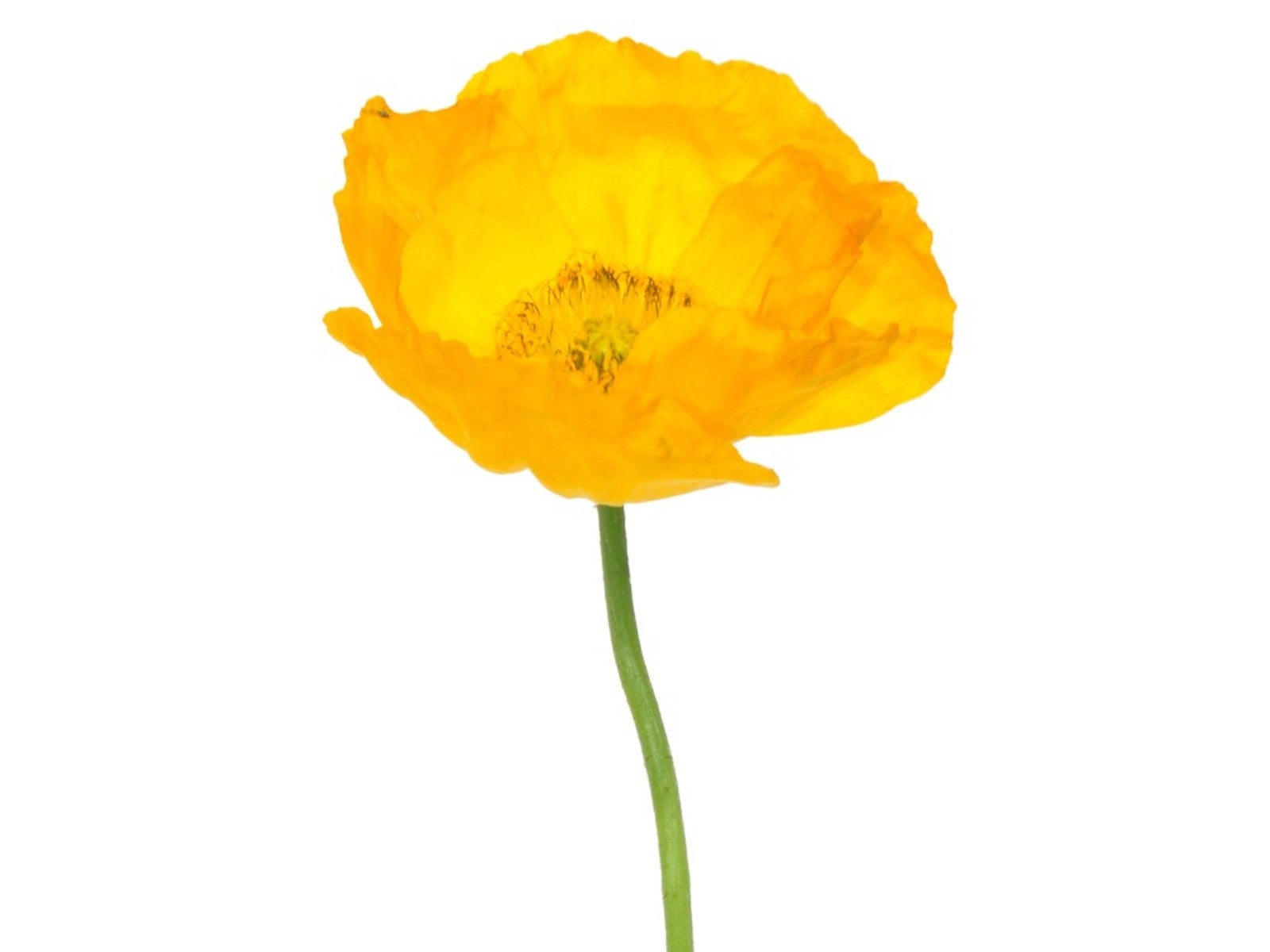 Can You Grow Iceland Poppy Indoors – Caring For Iceland Poppy In A Pot
Can You Grow Iceland Poppy Indoors – Caring For Iceland Poppy In A PotIf you don’t have the room to grow these plants in a flower bed, you can still grow Iceland poppy in a pot.
By Raffaele Di Lallo
-
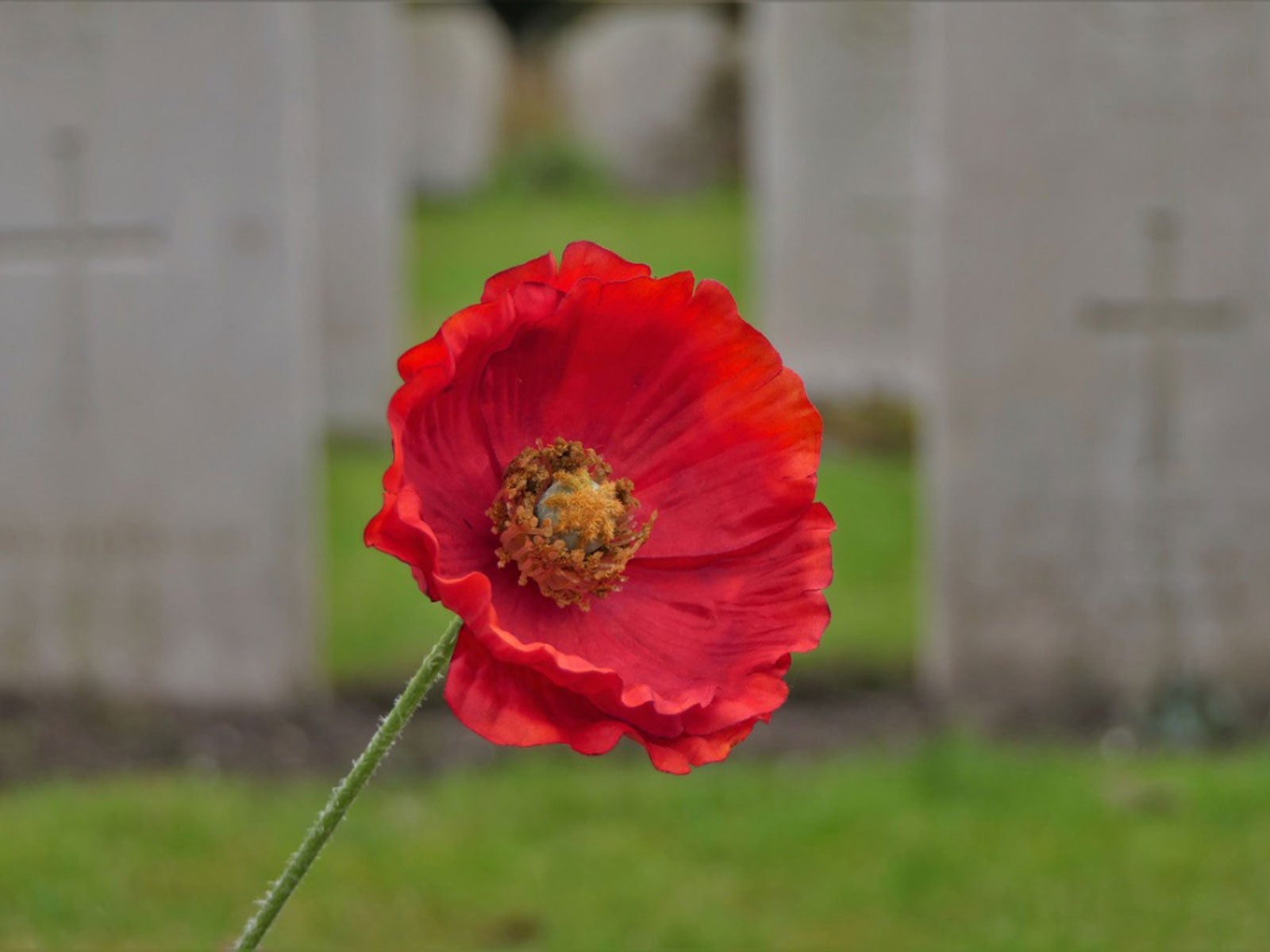 History Of Red Poppies – Why Red Poppy For Remembrance
History Of Red Poppies – Why Red Poppy For RemembranceWhy red poppy for remembrance? How did the tradition of red poppy flowers begin more than a century ago? Click here to find out.
By Mary H. Dyer
-
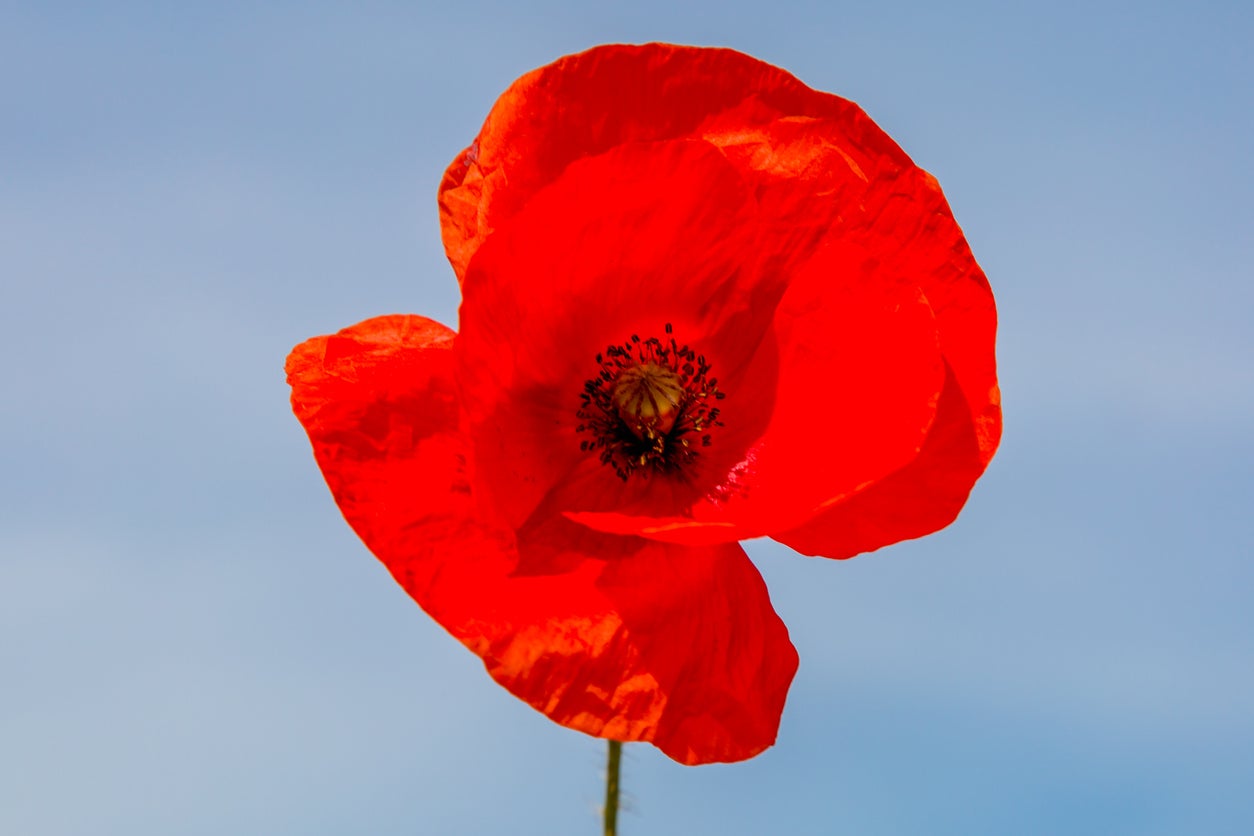 Popular Poppy Varieties: Types Of Poppies For The Garden
Popular Poppy Varieties: Types Of Poppies For The GardenPoppies add a splash of color to the flower bed, they're easy to grow and there are hundreds of poppy varieties to choose from. With so many poppies available, the biggest problem for gardeners is narrowing down the selection! This article can help with that.
By Laura Miller
-
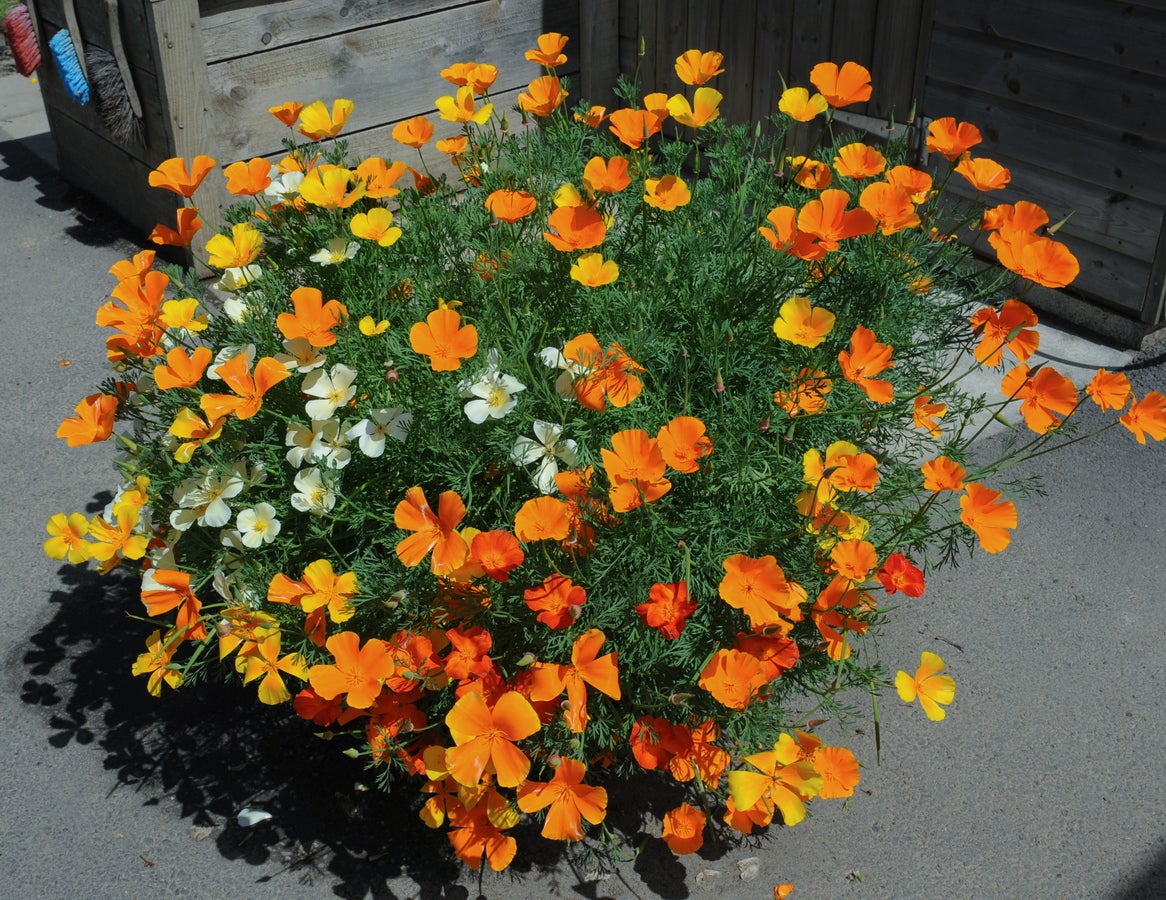 Planting Poppies In Containers: How To Care For Potted Poppy Plants
Planting Poppies In Containers: How To Care For Potted Poppy PlantsPoppies are beautiful in any garden bed but poppy flowers in a pot make a stunning display on a porch or balcony. Potted poppy plants are simple to grow and easy to care for. Click on the following article to learn more about container care for poppies.
By Gardening Know How
-
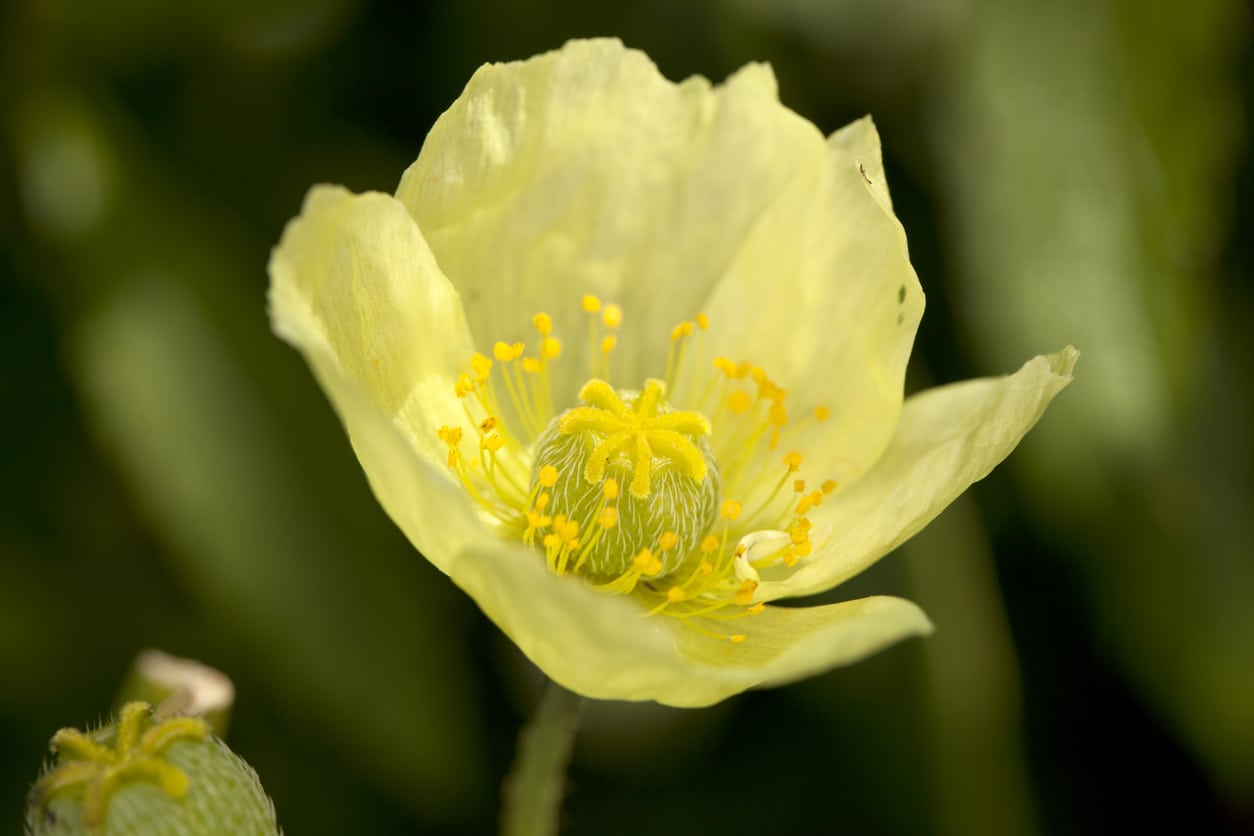 Alpine Poppy Info: Information On Growing Rooted Poppies
Alpine Poppy Info: Information On Growing Rooted PoppiesAlpine poppy is a wildflower found in high elevations with cold winters. Believed to be one of the world’s most north-growing plants, if you’re a chilly climate gardener, you’ll definitely want to learn about growing alpine poppies. Find out how in this article.
By Mary H. Dyer
-
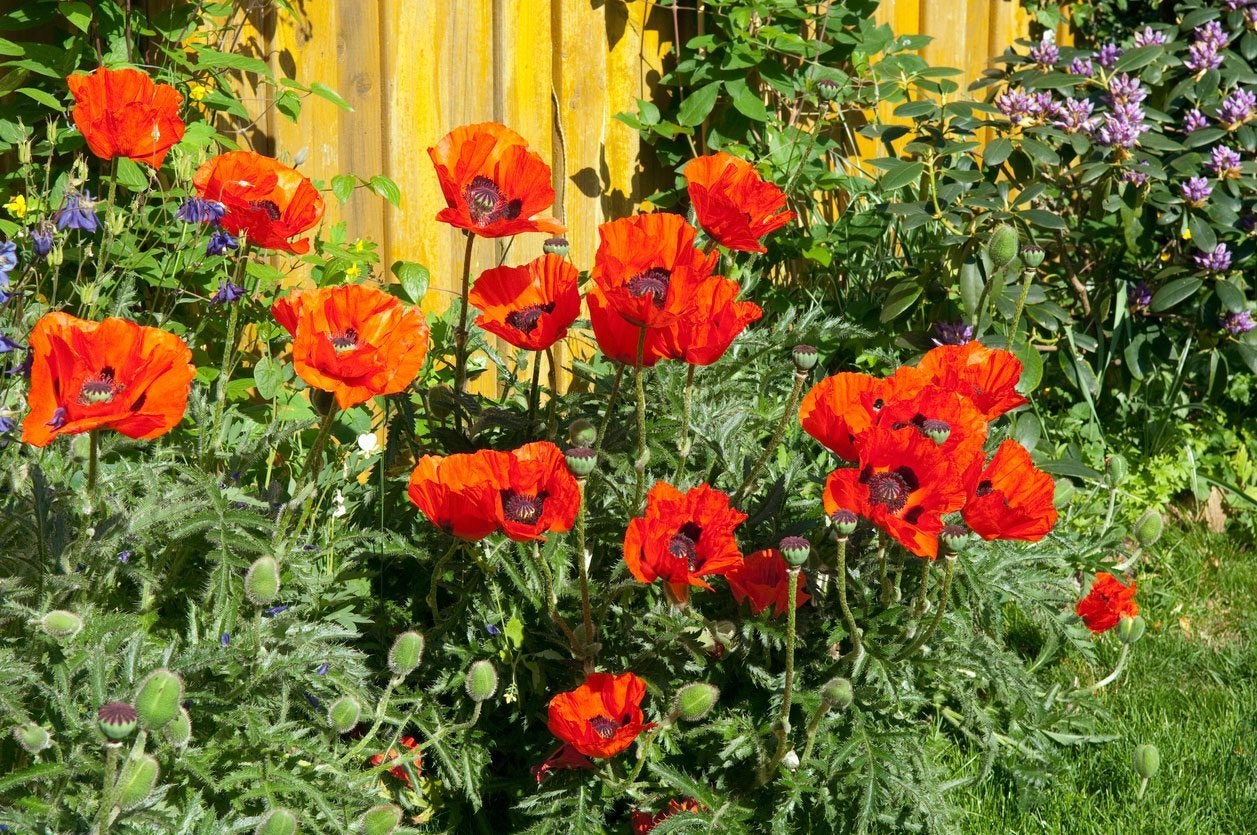 No Oriental Poppy Flowers – Reasons For Oriental Poppies Not Blooming
No Oriental Poppy Flowers – Reasons For Oriental Poppies Not BloomingOriental poppies are among the showiest of perennials, with big, bright blooms that light up a spring garden. But having no flowers on oriental poppies can happen some years, and it?s a real disappointment. Learn why it happens and what to do in this article.
By Mary Ellen Ellis
-
 Saving Poppy Seeds : How And When To Harvest Poppy Seeds
Saving Poppy Seeds : How And When To Harvest Poppy SeedsPoppies have a bad reputation as part of the opium trade, but for gardeners, they are simply lovely blooms in brilliant colors. These easy-to-grow plants are also simple to propagate from seed. Learn when to harvest poppy seeds in this article.
By Bonnie L. Grant
-
 Opium Poppy Laws – Interesting Facts About Opium Poppies
Opium Poppy Laws – Interesting Facts About Opium PoppiesOpium poppies are steeped in culture, commerce, politics and intrigue. Curious about opium poppy laws, plants and flowers? Find out some fascinating opium poppy information in this article and learn why you shouldn't try to grow this flowers.
By Amy Grant